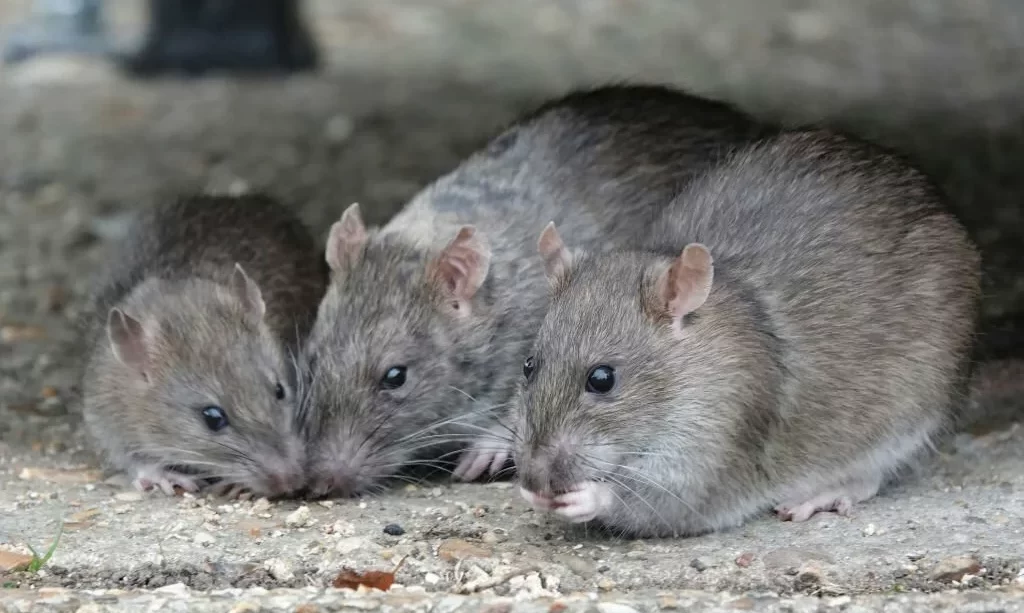Rat infestations are a common concern for homeowners, posing risks to both property and health. Understanding the factors that attract rats is the first line of defense in preventing these unwanted guests. From readily available food and water sources to shelter and improper waste management, various elements can draw rats into residential spaces. In this guide, we delve into the nuanced aspects of what attracts rats and explore effective strategies for prevention. By grasping these key factors and adopting proactive measures, homeowners can create an environment that is less appealing to rats, ultimately safeguarding their homes and promoting a healthier living space.
Food Sources
Rats are opportunistic feeders, and the availability of food plays a significant role in attracting them. Common food sources that attract rats include open garbage bins, spilled birdseed around feeders, leftover pet food, and compost piles. These rodents have a keen sense of smell, allowing them to detect even small amounts of food. Proper food storage and waste management are essential to discourage rats. Ensuring that garbage bins are tightly sealed, bird feeders are spill-proof, and pet food is not left outdoors can significantly reduce the likelihood of rats being attracted to your property.
Water Sources
In addition to food, water availability is a critical factor that attracts rats. Leaky faucets, standing water in trays under potted plants, or open containers with water provide rats with a readily available water source. Rats can survive for extended periods without food, but they need regular access to water. Fixing leaks, eliminating standing water, and securely storing water containers are effective measures to reduce the attraction of rats to your surroundings. By addressing water sources, you can create an environment that is less hospitable to these rodents.
Shelter and Nesting Sites
Rats seek shelter in areas that provide protection and warmth. Cluttered spaces, overgrown vegetation, and unsealed entry points to buildings offer ideal conditions for nesting. Rats are skilled climbers and can easily access elevated spaces, making attics and roof voids attractive nesting sites. To deter rats, it’s crucial to maintain a tidy living environment, eliminate clutter, and seal potential entry points. Regular inspections of your property to identify and address areas that could serve as shelters for rats are essential in preventing infestations and reducing the risk of attracting these rodents.
Pet Waste
Pet waste can be a significant attractant for rats. The organic matter in feces serves as a potential food source for these rodents. It’s essential for pet owners to promptly clean up after their pets to prevent rats from being drawn to the area. Maintaining cleanliness around pet waste and disposing of it properly not only reduces the risk of attracting rats but also contributes to a healthier and more hygienic environment for both pets and humans.
Inadequate Waste Management
Inadequate waste management practices create an environment conducive to rat infestations. Improper disposal of household waste, leaving trash bags unsecured, or allowing garbage bins to overflow can attract rats searching for food. Securely sealing trash bins and ensuring that household waste is properly disposed of can significantly reduce the likelihood of rat infestations. Regular waste management routines, including scheduled trash pickups, play a crucial role in minimizing the availability of food sources for rats.
Prevention Strategies
Implementing effective prevention strategies is key to creating an environment that is unappealing to rats. Some proactive measures include:
- Sealing entry points: Identify and seal any gaps or openings that could serve as potential entry points for rats.
- Using secure trash bins: Invest in sturdy, rodent-resistant trash bins to prevent easy access to food waste.
- Maintaining cleanliness: Regularly clean and declutter living spaces, eliminating potential nesting sites and removing food debris.
- Conducting regular inspections: Periodically inspect your property for signs of rat activity, addressing any issues promptly.
By adopting these prevention strategies, homeowners can significantly reduce the risk of attracting rats and create a habitat that discourages these rodents from establishing a presence in their surroundings.
Professional Pest Control
In cases where preventive measures may not be sufficient, or if a rat infestation has already taken hold, seeking the assistance of professional pest control services is a wise decision. Pest control experts possess the knowledge, experience, and tools necessary to effectively eliminate rat infestations. They employ a range of methods, including traps, baits, and exclusion techniques, tailored to the specific needs of each situation. Professionals can also provide valuable advice on long-term prevention, ensuring that your property remains rat-free. Considering the potential health risks and damage associated with rat infestations, enlisting the help of professionals is a proactive and effective approach to addressing the problem.
Conclusion
Understanding what attracts rats is fundamental to preventing infestations and maintaining a healthy living environment. Whether it’s addressing food and water sources, shelter, pet waste, or waste management, implementing proactive measures is crucial. By taking steps to secure potential attractants and adopting prevention strategies, homeowners can significantly reduce the risk of rat infestations. In cases where preventive efforts fall short, professional pest control offers a reliable solution to eliminate existing infestations and safeguard against future ones. A holistic approach to rat prevention, combining vigilant practices and expert assistance, ensures a pest-free and comfortable living space for both humans and pets.



